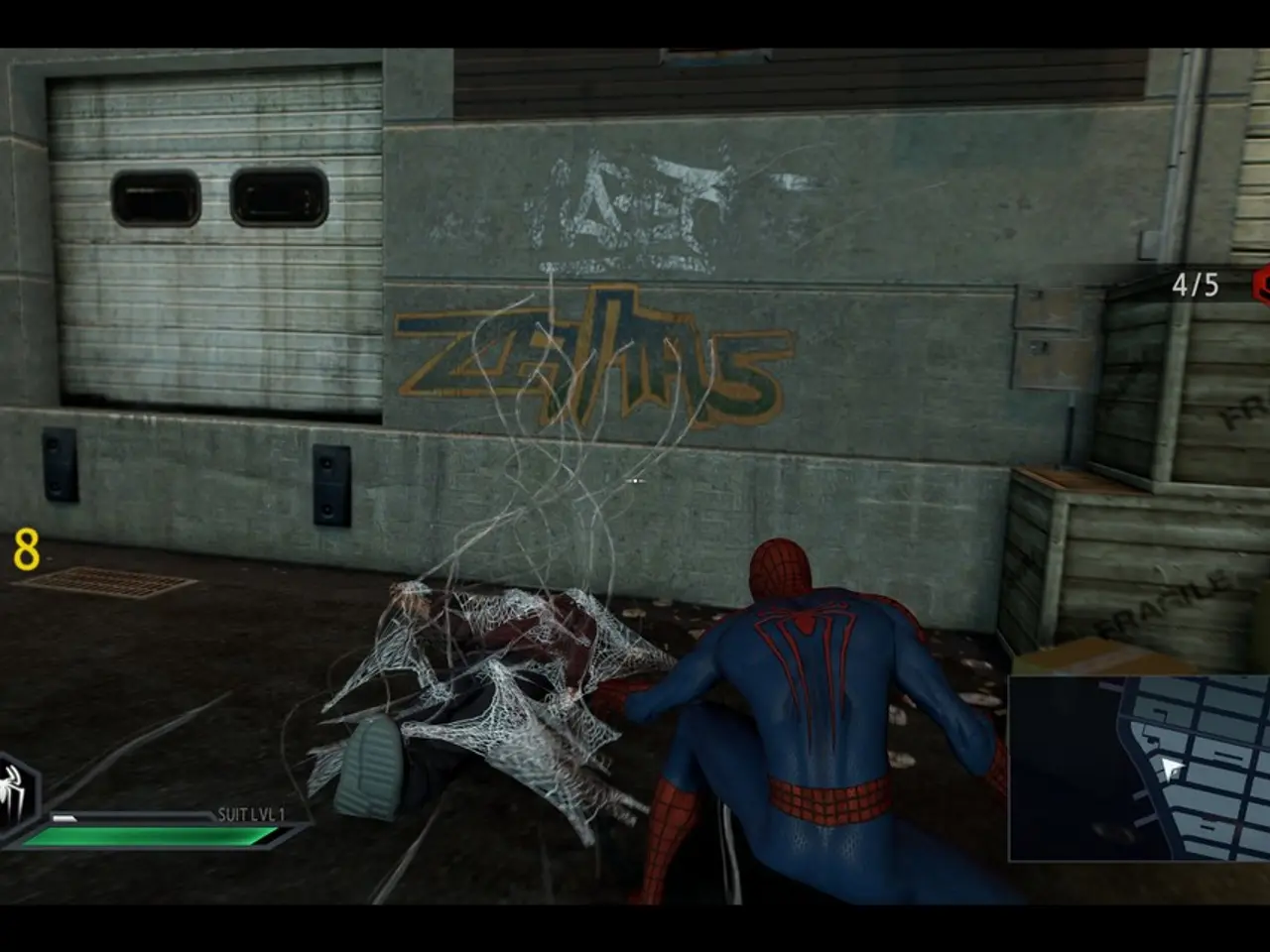Under President Trump's orders, nuclear submarines have been repositioned in response to Russia's perceived aggressive rhetoric.
In a move that signals a heightened and more confrontational U.S. nuclear posture towards Russia, President Donald Trump has ordered two nuclear-powered submarines to be positioned in "appropriate regions" in response to provocative remarks made by former Russian President Dmitry Medvedev.
The deployment of these submarines comes in response to Medvedev's warnings related to a ceasefire ultimatum Trump gave Russia regarding the Ukraine war. This move underscores the U.S.'s willingness to demonstrate readiness for severe military consequences, using its nuclear-capable assets, as a way to deter Russia from further aggressive actions.
Trump framed the deployment as a precaution to prevent "unintended consequences" arising from provocative statements, thereby emphasizing the signaling nature of nuclear forces in diplomatic-military strategy. This action reflects a continuation or escalation of U.S. nuclear policy where the deployment of strategic assets responds directly to Russian behavior.
The timing of this deployment, ahead of a U.S. envoy’s visit to Russia and tied to sanctions deadlines, indicates a close linking of military signaling with diplomatic and economic pressure.
Dmitry Medvedev, who has emerged as one of the Kremlin's most outspoken anti-Western hawks since Russia sent troops into Ukraine in 2022, has been criticized as an irresponsible loose cannon by Kremlin critics. Medvedev has stated that Moscow possesses Soviet-era nuclear strike capabilities of last resort.
However, it is unclear what drove Trump's latest announcement beyond the public clash between him and Medvedev on social media. Evelyn Farkas, a former U.S. Deputy Assistant Secretary of Defense for Russia, Ukraine, and Eurasia, played down the idea that Trump's actions could lead to nuclear conflict, adding that they were unlikely to get Russia to change course in Ukraine.
Putin, on the other hand, made no reference to the deadline in his latest statements, and some Western diplomats suggest that Medvedev's statements illustrate the thinking in senior Kremlin policy-making circles.
It is worth noting that the U.S. has a total of 14 Ohio Class nuclear-powered submarines, each capable of carrying up to 24 Trident II D5 ballistic missiles. Between 8 and 10 of these submarines are deployed at any one time.
The U.S. Navy and the Pentagon declined to comment about Trump's remarks or on whether submarines had been moved. Kristensen stated that Trump was creating a "commitment trap" by fueling expectations that he could resort to nuclear weapons if tensions escalated further with Russia.
[1] The New York Times - U.S. Deploys Nuclear Submarines in Response to Russian Threats over Ukraine [2] The Washington Post - Trump Orders Nuclear Submarines to Be Deployed in Response to Russian Threats over Ukraine [3] CNN - U.S. Deploys Nuclear Submarines in Response to Russian Threats over Ukraine [4] BBC News - U.S. Deploys Nuclear Submarines in Response to Russian Threats over Ukraine
- In the context of the ongoing war-and-conflicts in Ukraine, President Trump's deployment of nuclear-powered submarines appears to be a political maneuver aimed at deterring Russia from further aggressive actions, thereby becoming a significant aspect of the general news.
- As the global community grapples with the politics of nuclear posture, the U.S. deployment of nuclear-powered submarines in response to Russian threats underscores the intersection of war-and-conflicts with international politics, contributing to the broader discourse of general news.








